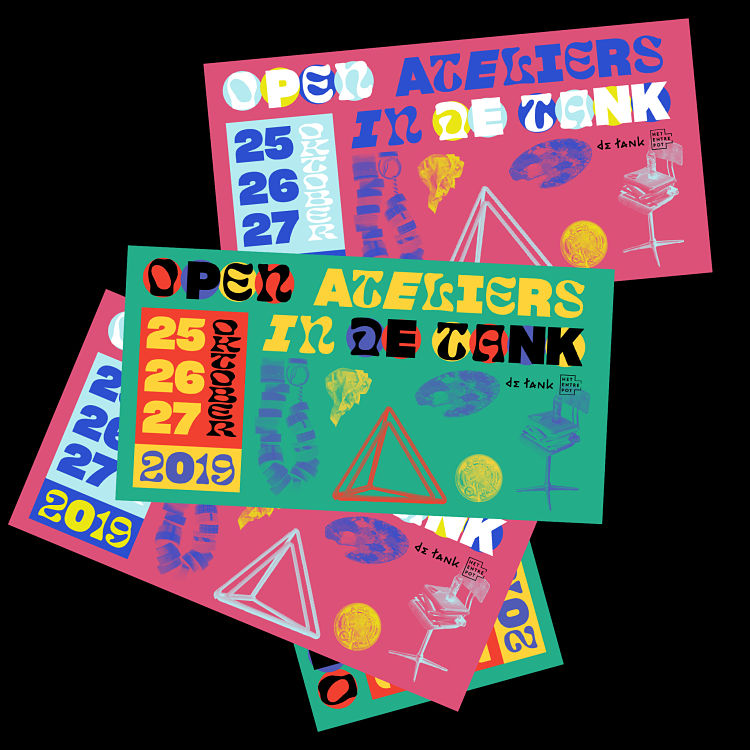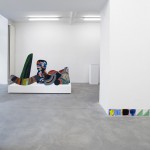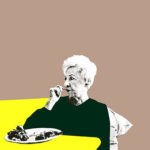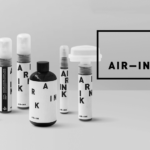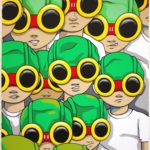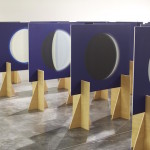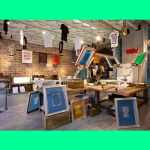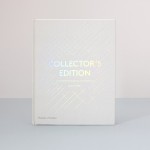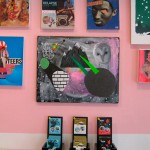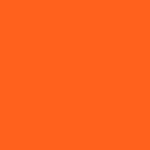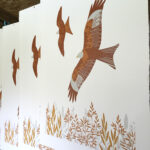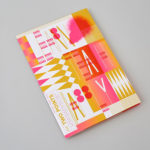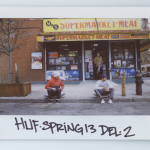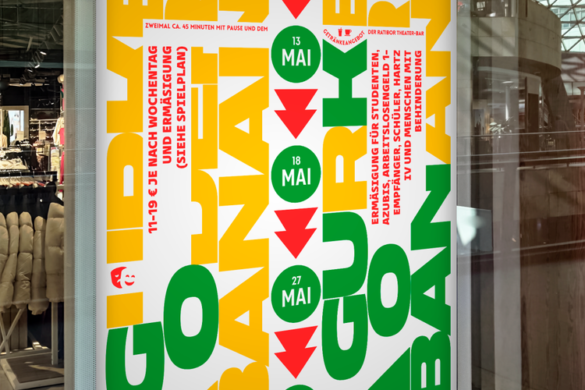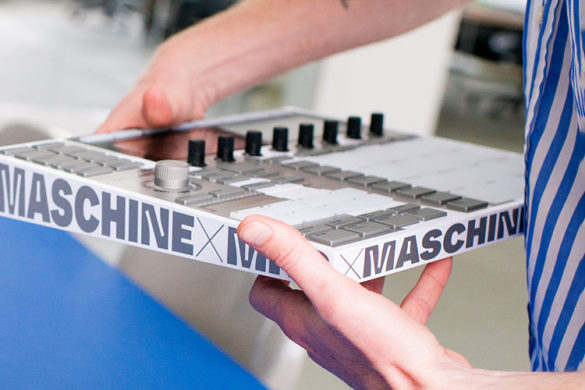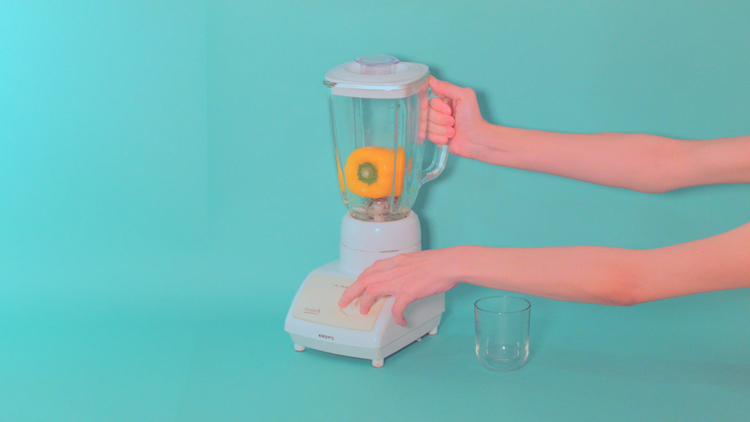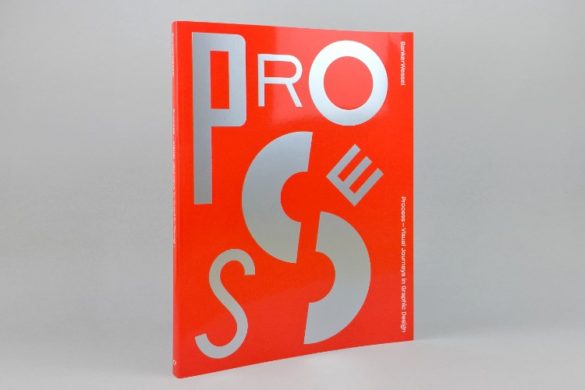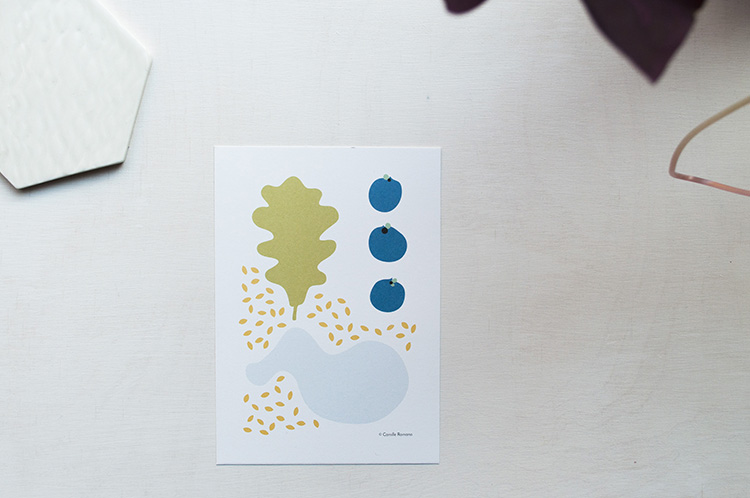The past year or so has been tricky/nightmarish for many of us; especially those businesses or people who rely on events to pay the bills. For some people, that swift removal of reliable income has seen them change lanes, or careers (remember Fatima?), or at the very least, branch out into new directions. Such has been the case for Davy Denduyver, a freelance graphic designer and art director based in Bruges, Belgium, who largely designed for events. “On the personal side, it’s definitely been more difficult [since Covid-19], but I’ve been able to manage that,” he says. “But on the professional side, like 70% of my work was for event branding. So it’s definitely it’s not easy to like switch clients with with click of a finger or whatever. But you can’t do shit about it, and I think that really concludes it all—you really can’t do anything about the situation.” Philosophical words indeed.
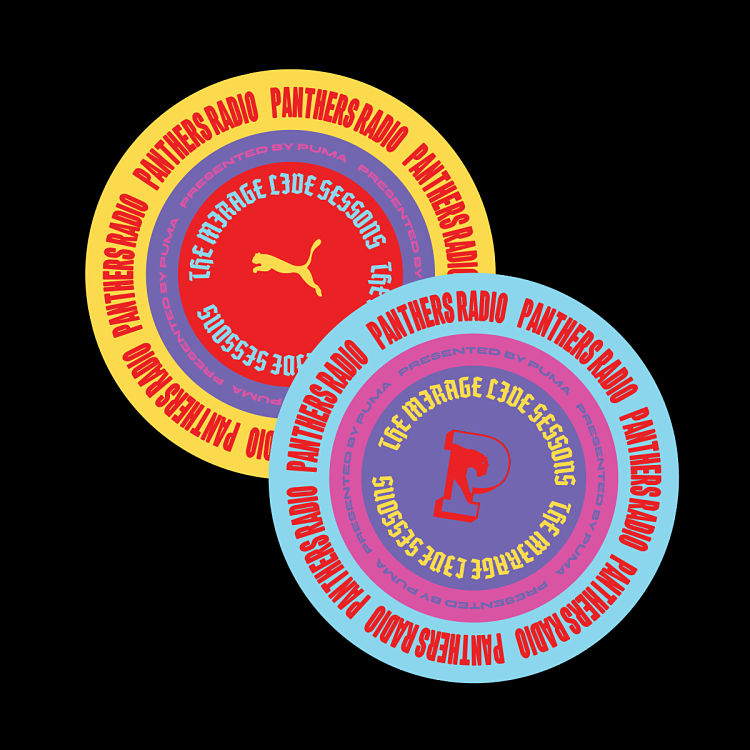
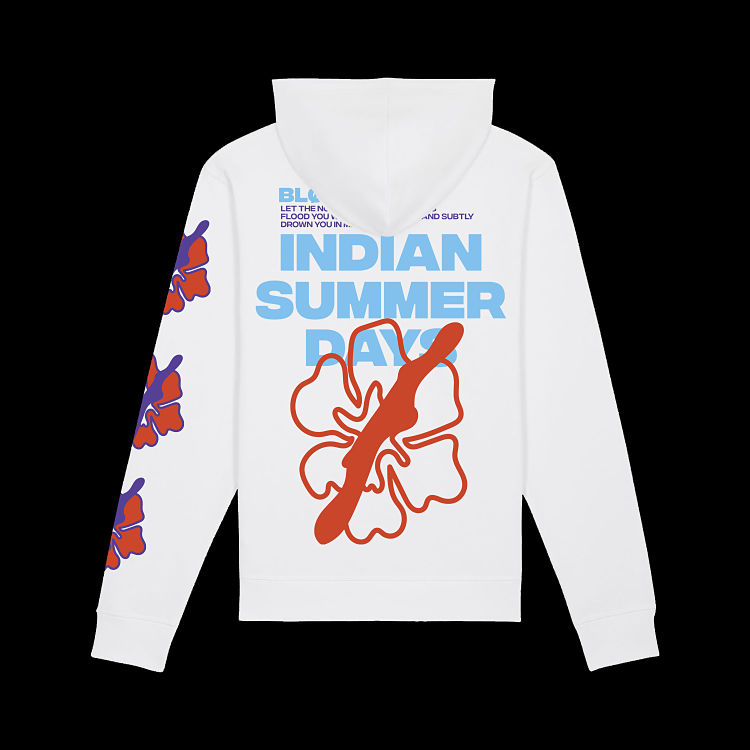 While Denduyver’s practice has always taken in multiple sectors and disciplines, he’s more recently found new ways of working—namely, in the form of a collective. It’s perhaps unsurprising that Denduyver has looked to others in a time of crisis, both for his and their sakes. His work has long had an empathetic strange: in 2019, he relaunched his streetwear label Lost In The World, which creates hip, tongue-in-cheek arms that all focus on mental health issues but in a way that’s refreshingly subtle, and never cloying. In fact, the first time I was in touch with Denduyver was somewhat related to mental health, when he got in touch to chat with me for a piece I was writing for Eye on Design about insomnia—a problem he knew all too well. Back then, he told me that he deliberately works from a desktop at a shared space five minutes from his home so that he simply can’t work when he’s not at his studio.
While Denduyver’s practice has always taken in multiple sectors and disciplines, he’s more recently found new ways of working—namely, in the form of a collective. It’s perhaps unsurprising that Denduyver has looked to others in a time of crisis, both for his and their sakes. His work has long had an empathetic strange: in 2019, he relaunched his streetwear label Lost In The World, which creates hip, tongue-in-cheek arms that all focus on mental health issues but in a way that’s refreshingly subtle, and never cloying. In fact, the first time I was in touch with Denduyver was somewhat related to mental health, when he got in touch to chat with me for a piece I was writing for Eye on Design about insomnia—a problem he knew all too well. Back then, he told me that he deliberately works from a desktop at a shared space five minutes from his home so that he simply can’t work when he’s not at his studio.
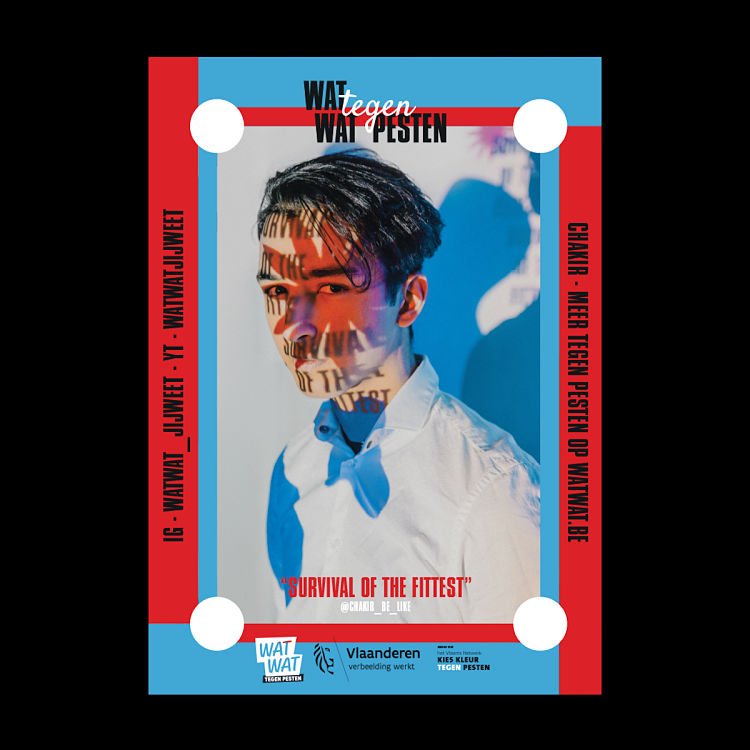
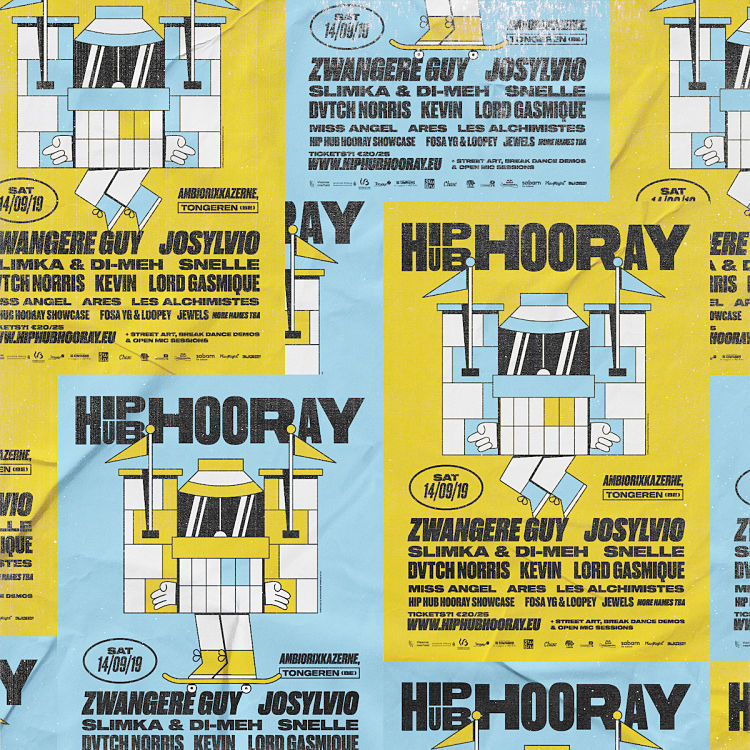 That awareness of the importance of shared creative space has perhaps come to its logical conclusion in the formation of that aforementioned collective, Allies. Denduyver formed Allies with five other freelance creatives working across art direction, web development, illustration, animation, film, directing and photography to complement the graphic design he brings to the table. “Basically, we’re like a group of friends,” the designer explains. “we came up with the idea of doing a collective because an actual studio is too…how do I say this, it brings too much hassle? You know, we’re in the age where we can do it in a more organic way. So we decided to do that and just officially work together.”
That awareness of the importance of shared creative space has perhaps come to its logical conclusion in the formation of that aforementioned collective, Allies. Denduyver formed Allies with five other freelance creatives working across art direction, web development, illustration, animation, film, directing and photography to complement the graphic design he brings to the table. “Basically, we’re like a group of friends,” the designer explains. “we came up with the idea of doing a collective because an actual studio is too…how do I say this, it brings too much hassle? You know, we’re in the age where we can do it in a more organic way. So we decided to do that and just officially work together.”
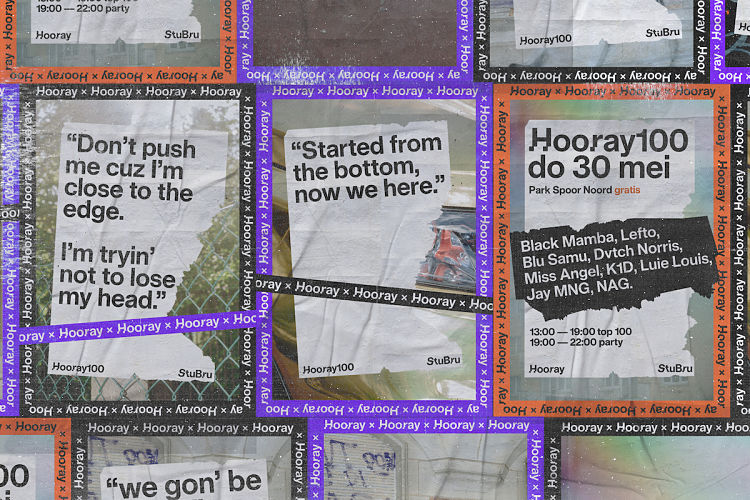
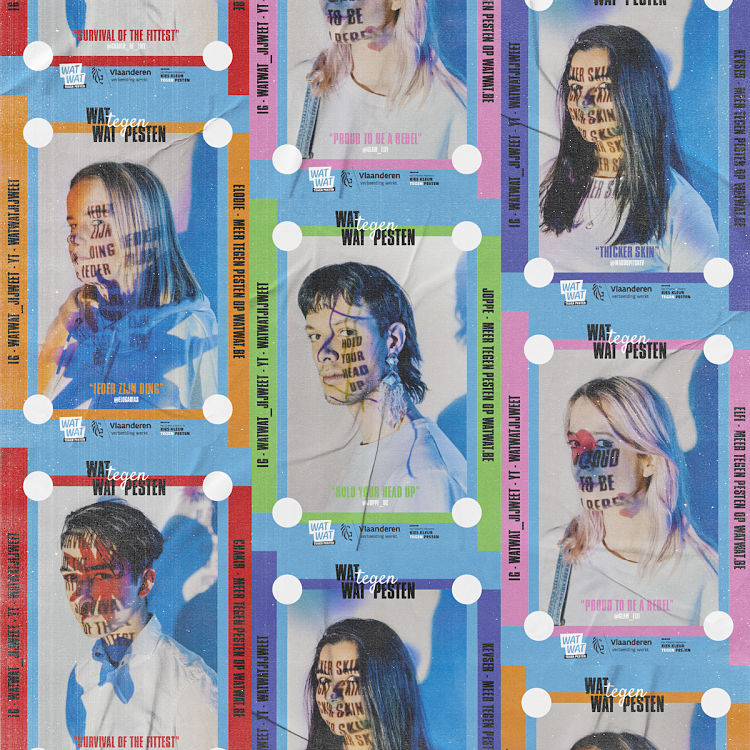 That way, everyone has their own thing going on, without the pressures and red tape of a studio, and they can come together when certain projects need it. “With allies, we can be a little more selective, but we still always have our creative freedom and our own clients. We don’t have to pay the bills with [collective] projects.”
That way, everyone has their own thing going on, without the pressures and red tape of a studio, and they can come together when certain projects need it. “With allies, we can be a little more selective, but we still always have our creative freedom and our own clients. We don’t have to pay the bills with [collective] projects.”
As democratic as any collective wishes to be, the fact of it is that there are always certain roles that fall to certain people—not necessarily since they’re told to it, but because that’s just the way personalities work. Essentially, it’s more than likely that one or two people will naturally become the ones that answer the emails, for instance. In Allies’ case, the “talking point”, as he puts it, is often Denduyver.
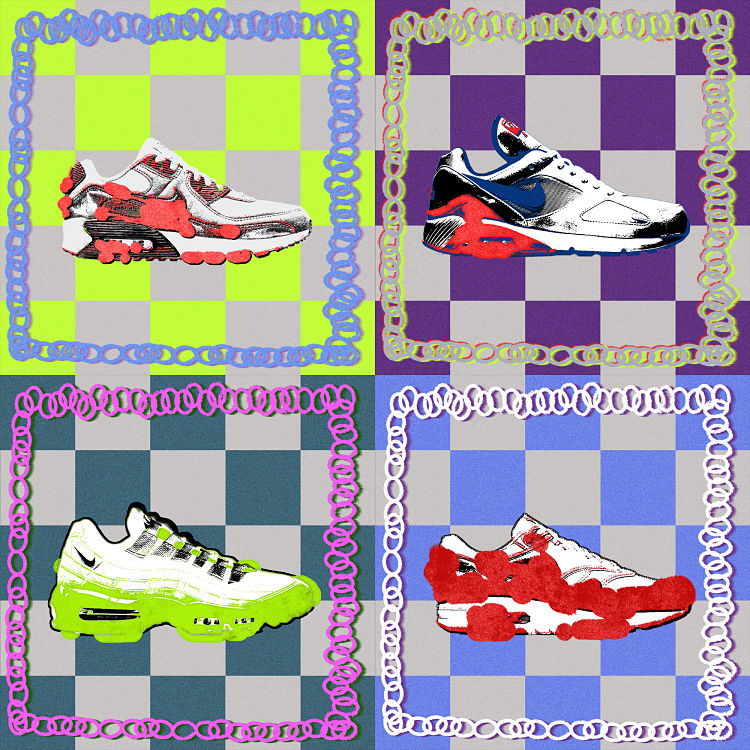 One of the biggest projects that Allies has worked on so far was for a Belgian musician signed to Warner Records. That artist got in touch to discuss the work they needed in terms of the creative direction for their upcoming album. Since that required artwork, music videos and “everything in between”, as Denduyver puts it, he ended up serving as the main creative director working on concepts and graphic design, bringing in the other allies to work on video direction, as well as press and album artwork photography. “The bonus for clients is that they can just talk to one person or one group instead of having to use different companies or studios for all those things,” he says. “It’s not often that music video direction and graphic design can be done by the same team, for instance.”
One of the biggest projects that Allies has worked on so far was for a Belgian musician signed to Warner Records. That artist got in touch to discuss the work they needed in terms of the creative direction for their upcoming album. Since that required artwork, music videos and “everything in between”, as Denduyver puts it, he ended up serving as the main creative director working on concepts and graphic design, bringing in the other allies to work on video direction, as well as press and album artwork photography. “The bonus for clients is that they can just talk to one person or one group instead of having to use different companies or studios for all those things,” he says. “It’s not often that music video direction and graphic design can be done by the same team, for instance.”
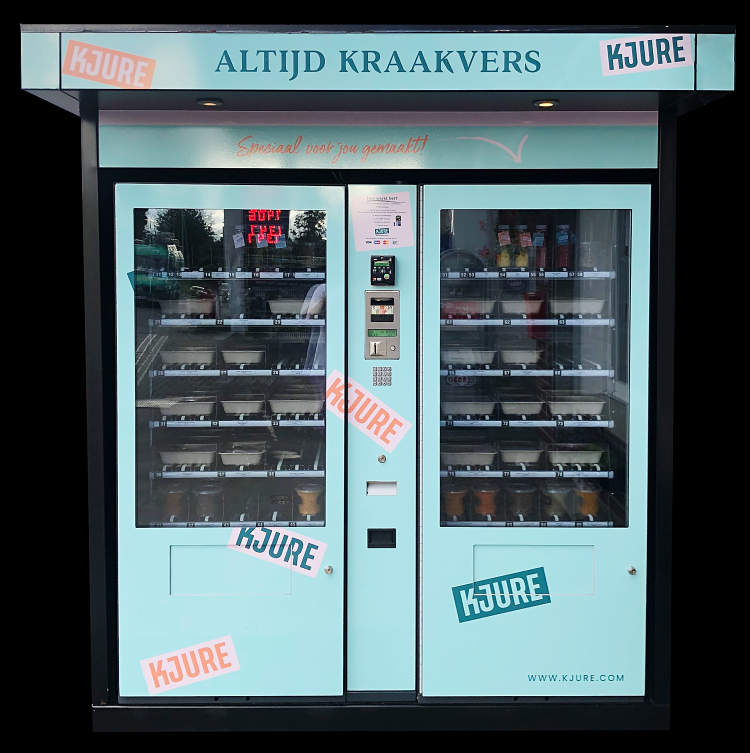 It all seems to be pretty harmonious—as well as business savvy. While Allies has a core six members, it’s open to working with other people as well: “There’s not really any boundaries within that. It’s obvious that we work with each other mostly because our styles match and stuff, but we’re open to different things,” says Denduyver.
It all seems to be pretty harmonious—as well as business savvy. While Allies has a core six members, it’s open to working with other people as well: “There’s not really any boundaries within that. It’s obvious that we work with each other mostly because our styles match and stuff, but we’re open to different things,” says Denduyver.
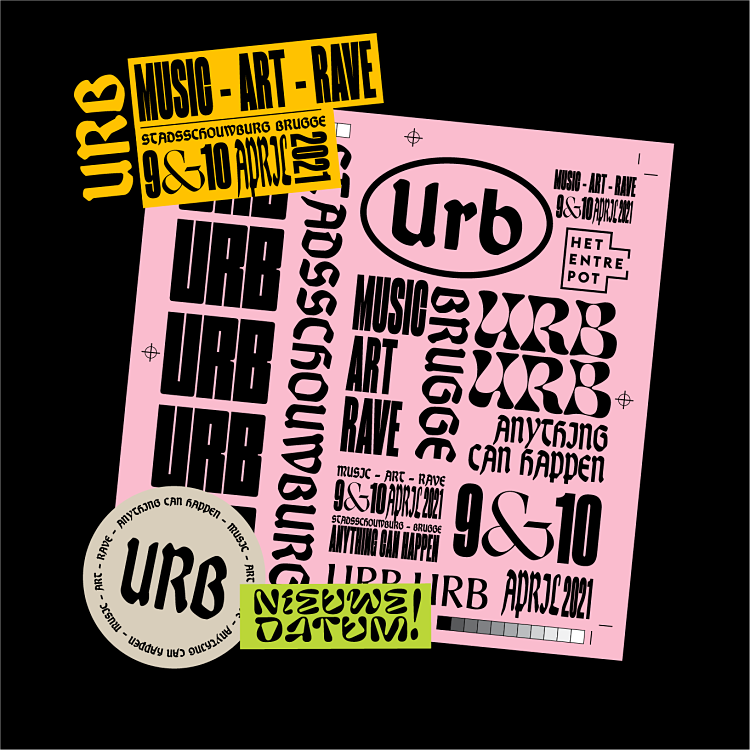 Alongside collaborating on projects, the collective has proven to have other, more abstract benefits—especially on the edge of the precariousness and gloom of a pandemic. Denduyer speaks of the joys of having an instant group of people, whose opinions he trusts, to get feedback on personal projects from—even if that’s just on Slack for now. Especially during these times, when we’re all alone, (which we always kind of are, but still), we feel like a team. We can always connect with each other, like “hey, oh, what do you think of this colour on this flyer?” or whatever. We just feel more connected.”
Alongside collaborating on projects, the collective has proven to have other, more abstract benefits—especially on the edge of the precariousness and gloom of a pandemic. Denduyer speaks of the joys of having an instant group of people, whose opinions he trusts, to get feedback on personal projects from—even if that’s just on Slack for now. Especially during these times, when we’re all alone, (which we always kind of are, but still), we feel like a team. We can always connect with each other, like “hey, oh, what do you think of this colour on this flyer?” or whatever. We just feel more connected.”
You might like...
- Autobahn - November 26, 2021
- Alphabetical - November 12, 2021
- SOFA Universe - November 8, 2021

